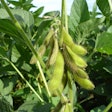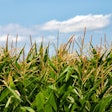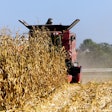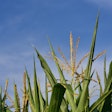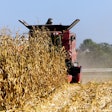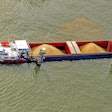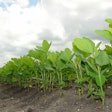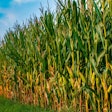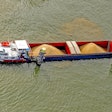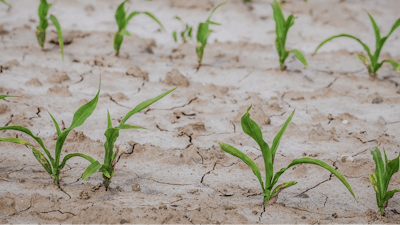
This week's U.S. Drought Monitor report, the National Drought Mitigation Center at the University of Nebraska-Lincoln, the United States Department of Agriculture and the National Oceanic and Atmospheric Administration, highlights a continuing drought situation across the central United States, particularly impacting the Midwest and High Plains regions. The persistence of a high-pressure ridge has led to warmer-than-normal temperatures and limited rainfall, exacerbating dry conditions and posing challenges to agricultural operations.
In the Midwest, the drought has intensified with exceptional drought (D4) levels being reported for the first time in parts of Ohio. The lack of rain has resulted in significant agricultural impacts, including low stream flows, dry soils, and poor pasture conditions. Ohio and surrounding states have seen some of the most severe effects, with crop losses and water shortages becoming increasingly common.
The High Plains have also experienced warmer temperatures, with areas like Nebraska and the Dakotas recording temperatures 6 to 10 degrees above normal. While localized thunderstorms provided some relief, they were not widespread enough to significantly alter the drought conditions. The inconsistency in rainfall has left many areas dry, leading to expanded drought conditions and water shortages that affect both crop production and livestock management.
Looking ahead, the forecast for the coming week suggests that the upper-level ridge will bring warmer and drier conditions to the West, while the eastern part of the country may experience some relief with expected rainfall. However, for the central regions, particularly the southern Plains and the Midwest, the outlook remains challenging with continued dry conditions expected.
This prolonged dry spell is not only a concern for current crop yields but also raises questions about long-term soil health and water availability. As these conditions persist, agricultural producers are urged to prepare for continued challenges and consider sustainable practices to mitigate the impact of ongoing drought conditions.
The situation underscores the need for effective drought management strategies and supports the call for more robust support and resources for affected regions. The agricultural community, especially in the hard-hit areas of the Midwest and High Plains, continues to face a critical period as they navigate the impacts of this climatic extremity.






